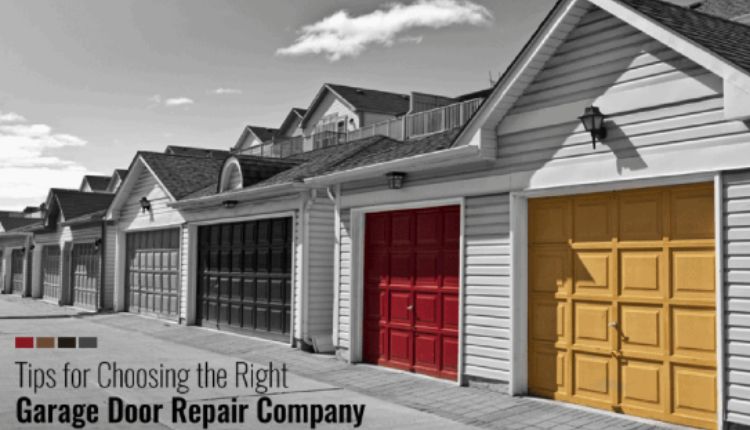Garage door repair is an easy task if you know what you’re doing and have the right tools. It’s also a good idea to perform maintenance on your garage doors regularly to catch any problems before they get out of hand. To fix a sagging door, loosen the adjustment screws on both tracks and check them with a level to ensure they’re parallel.
Fixing A Sagging Door
A door that sags or sticks against the jamb can become extremely annoying. Almost all sagging doors are due to loose hinges. Daily wear and structural settling in older homes can cause hinges to loosen over time. This causes the knuckles to bend outward, leading to the sagging. The standard method to fix this is to remove the door from the frame, sand or plane the hinges, and repaint. However, this can be a very time-consuming and expensive procedure.
Another trick to fix a sagging door is to draw in the jamb with a screw on the latch side (opposite of the hinge). Simply drive a long screw into the jamb compressing it and creating more room for the door. This can be very effective in sagging situations that don’t respond to tightening or shimming.
Fixing A Noisy Door
Garage door repair have a lot of moving parts and as such, they will make some noise. However, when they begin to squeal or vibrate it can be really annoying. If a squeaking sound is coming from your door it is likely that the hinge pins need to be lubricated. You can do this using some household items, namely oil or a petroleum-based product like WD-40 or paraffin wax. Simply remove the hinge pins, dip them in the lubricant, and then hammer them back in place. Once done, open and shut the door a few times to distribute the oil.
Be careful when attempting to fix this issue yourself, as springs are under tension and can be dangerous to work on. If you are unsure of what to do or would rather leave it to a professional, contact a Clopay dealer or trained door systems technician. They can ensure that the springs are properly sized and positioned and that your door is working safely.
Fixing A Broken Door
If your door is broken, you can save money by fixing it yourself rather than buying a new one. A hollow core door is relatively easy to repair, but a solid wood frame can be more challenging. If the damage to your frame is extensive, it may be time to invest in a replacement. Cracks and splits can be repaired with putty or wood glue. Wood putty is inexpensive and quick to apply. It won’t last as long as spackle or auto-body filler, but it will get the job done.
If you decide to go the putty route, prep the area by removing any hinge pins and sanding the area. Apply petroleum jelly to the movable parts of the hinges to protect them from the glue. Measure a section 6 inches above and below the damaged area on your frame, and pencil mark it.
Fixing A Door That Won’t Open
Over time, screws can become loose, causing a door to rub or catch. If yours won’t close, it’s a safety issue—it could let carbon monoxide leak into the home. Tightening the hinge screw will help, but if that doesn’t work, use a drill to remove a screw and then drive in a 3-in. screw to help grab the door frame stud and pull the hinge up or down as needed. Be sure to pre-drill the new screw hole to avoid stripping the old one. Some DIYers suggest that you can also draw in the jamb by using a shim and hammer to pry out the top hinge pin, slightly bend it, and then reinsert it. This is a dangerous and difficult job, however, so we recommend calling in a pro.
Conclusion
Keeping the moving parts of your garage door lubricated helps to reduce wear and tear. You can do this with a spray lubricant. Avoid tinkering with the high-tension cables that lift your garage door. These are dangerous and best left to a professional.
